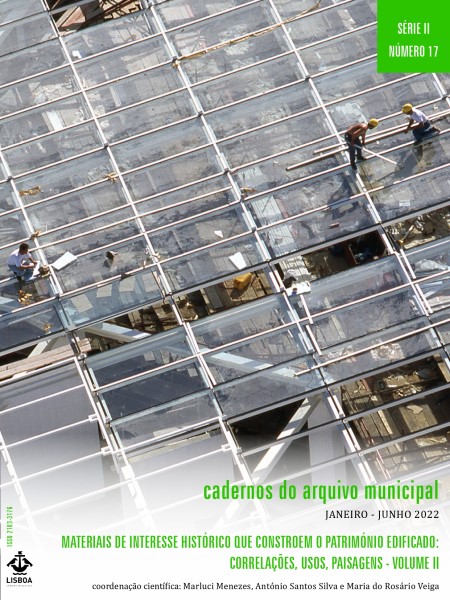The cities mirage: azulejo, an historical material in the construction of patrimony
DOI:
https://doi.org/10.48751/CAM-2022-1720Keywords:
Azulejo, Architecture, City, Culture, New languagesAbstract
Although it is not a Portuguese creation, in no other geography has the azulejo (tile) found a more fertile ground in its adjustment and adaptation to new languages and demands. Associated with civilizations who flourished long ago in the Mediterranean area, the azulejo was used in architecture due to its durability and brightness. Introduced in Portugal still using Islamic techniques and aesthetic language, soon it was adjusted to the Portuguese sensitivity. This was the beginning of a process that still continues today, rich in metamorphosis and creation, mirroring the expectations and the angst of a nation, in its beliefs and hopes. In Portugal, the azulejo reflects that History but also some of the characteristics of its people. It can be used to create illusion, rebellion, sensitivity, humour, resourcefulness, candour… Today, in a changing society, it seeks to adjust to new languages and to other paths.
Will it succeed? Only time will tell.
Downloads
Downloads
Published
How to Cite
Issue
Section
License
Copyright (c) 2022 Alexandre Nobre Pais

This work is licensed under a Creative Commons Attribution-NonCommercial 4.0 International License.
The authors retain copyright and grant the journal the right of first publication, with the work simultaneously licensed under the Creative Commons Attribution License CC BY-NC 4.0 which allows sharing and adapting the text as long as its authorship is correctly attribbuted with recognition of the initial publication in this journal.







